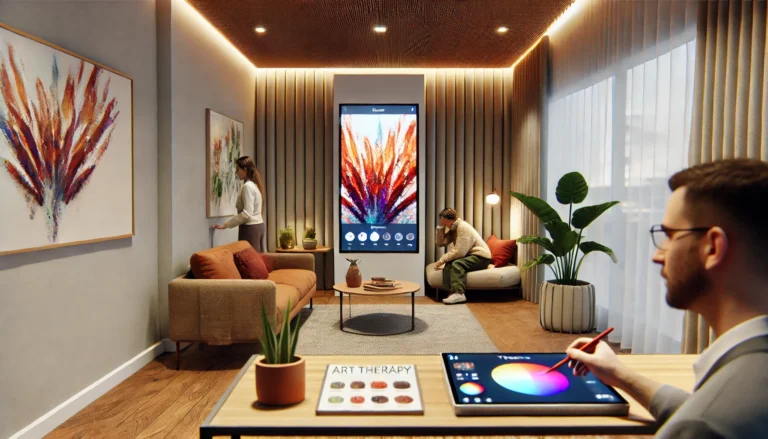User Experience (UX) serves as the digital handshake between businesses and their customers in today’s interconnected world. Crafting a favorable, engaging, and memorable UX necessitates an empathetic understanding of user needs, preferences, and behaviors, coupled with a data-driven analytical approach. The Refined User-Centric Framework (RUCF) marks a significant stride in this direction, fusing Artificial Intelligence (AI), design thinking, and a comprehensive UX scorecard into an innovative research and evaluation methodology.
Introducing the Refined User-Centric Framework (RUCF)
RUCF represents a shift from conventional static UX research methodologies to a more dynamic, holistic, and refined approach. This shift is informed by the belief that an effective UX analysis is a continuous and evolving process, involving regular assessment and improvement. At its core, RUCF amalgamates the computational might of AI, the empathy-laden ethos of design thinking, and the precision of a meticulously crafted UX scorecard. This strategic triad provides a comprehensive lens through which to view, evaluate, and enhance UX.
Unraveling the RUCF UX Scorecard
The heart of the RUCF lies in its expansive UX scorecard, a powerful tool enabling a meticulous analysis of numerous UX factors. The scorecard, designed on Google Sheets, can accommodate a wide range of parameters and be tailored to fit the specific needs of any UX research project. The structure of the scorecard is as follows:
| UX Factors | Importance Weightage | Empathy Mapping | Ideation | Prototyping | User Testing | Target Group 1 | Target Group 2 | Screen 1 | Screen 2 | Platform 1 | Platform 2 | Region 1 | Region 2 | User Behavior 1 | User Behavior 2 |
|---|
The RUCF scorecard covers a multitude of UX factors, each assigned an ‘Importance Weightage’ signifying its relevance in the overall UX. Furthermore, each factor is evaluated across several dimensions, including:
- Design Thinking Stages: Representing the different phases of the design thinking process, the stages of Empathy Mapping, Ideation, Prototyping, and User Testing are crucial to a holistic UX research methodology.
- Target Groups: UX scores can be assigned for different user demographics or roles, making the research more segmented and focused.
- Screens: The scorecard accommodates UX evaluation across different types of screens, such as desktop, mobile, and tablet, enabling a multi-device UX analysis.
- Platforms: Scores for different platforms like iOS, Android, or Web can be incorporated, adding another layer of comprehensive analysis.
- Regions: If your UX research spans across multiple geographical locations, you can assign scores for each region, adding a geographical dimension to your UX research.
- User Behaviors: This enables an evaluation of different user behavior patterns, such as new user versus returning user, or active versus passive user.
The formula =SUMPRODUCT($B$2:$B$21, C2:C21) is used in Google Sheets to calculate the weighted score for each column. By using the SUMPRODUCT function, a comprehensive score is computed for each column, offering a nuanced evaluation of the UX.
Integrating AI and Design Thinking into the RUCF Methodology
The unique blend of AI and design thinking forms the foundational pillars of the RUCF methodology. AI, with its ability to process and analyze large volumes of data, proves instrumental in identifying intricate patterns, trends, and relationships within the UX data. The insights thus generated can inform targeted enhancements to the UX, making it more personalized and engaging for the users.
In parallel, design thinking brings its human-centric perspective to UX research, fostering empathy with users, defining user needs, ideating solutions, prototyping designs, and testing the effectiveness of these designs.
In conclusion, part 1 of this 3-part series introduces the Refined User-Centric Framework as a forward-thinking, research-driven, and user-centric methodology for UX evaluation. RUCF offers an elaborate and inclusive approach to UX research that aligns product development closely with user needs. Stay tuned for parts 2 and 3, where we will delve deeper into the practical application of RUCF, its real-world implications, and its potential to revolutionize UX research and evaluation.










